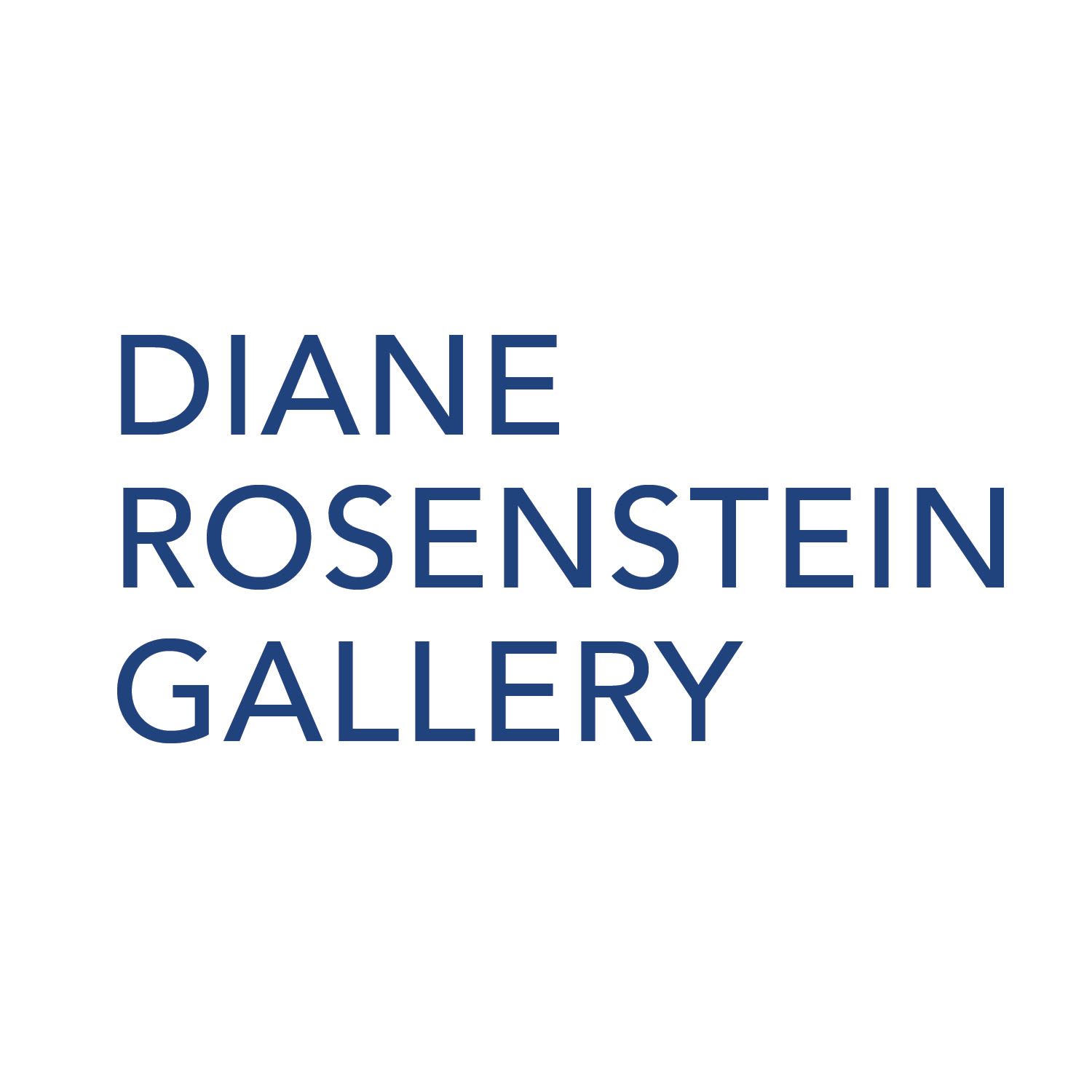Shining a light on the lesser recognized elements of the Los Angeles-born Light and Space art movement reveals beacons of past and present, including Mary Corse, Joe Ray, and EJ Hill.
Artists associated with the movement—many of whom are still living and working—have long complicated the idea of Light and Space.
"...Curator Hal Glicksman thought that, in addition to perceptual science and aerospace technology, Light and Space artists were increasingly interested in Asian mysticism. Artist Joe Ray also observed a turn toward mysticism among his peers, but he associated it more with an interest in hallucinogens and the cosmos. “The whole community was into the mystical aspects of making art, the alchemy,” Ray said, looking back at the 1960s in a 2011 interview with curator-critic Ed Schad. Ray, a Louisiana native who was drafted into the U.S. Army not long after arriving in Los Angeles in 1963, returned in 1967 after a year in Vietnam to find his peers preoccupied with plastics. In the late ’60s and early ’70s, he began working on a series of cast-resin and Plexiglas rings, stacking the rings on top of each other and placing a perfect round orb inside of them. “I was thinking of the circulatory system as equally vast as the celestial,” he recalled. “I was looking to latch into something other than earthly things.”
According to Ray, the Los Angeles scene he belonged to then was largely undefined. “It was in its infancy, but it was more personal than a movement,” he told Schad. The lives and work of the artists associated with Light and Space overlapped; they used similar material and even helped each other acquire it. Yet they were, on the whole, a wildly disparate group. Ray, who still lives and works in Los Angeles, has rarely been included in survey exhibitions or catalogues chronicling Light and Space, likely because he never committed exclusively to his cast-resin experiments. Instead, he made documentary photographs of the Black Southern community in which he grew up, made paintings that straddle abstraction and figuration, and staged humorous performances, like a human car wash, for which he and his friends dressed up as the big, floppy brushes and covered themselves in white foam. His 2017 survey exhibition at Diane Rosenstein Gallery felt like glimpsing inside the mind of an artist far more committed to understanding all kinds of light and space (cosmic, psychic, spiritual, and geographical) than to any specific material or strategy: pristine plastic spheres coexisted with colorful, gestural paintings of constellations, grainy videos and snapshots of exuberant performances across Los Angeles, and a diagram of art’s relationship to energy carefully drawn in ink. ..."
2021年6月1日




